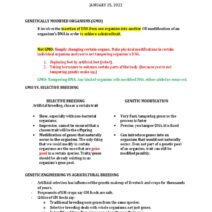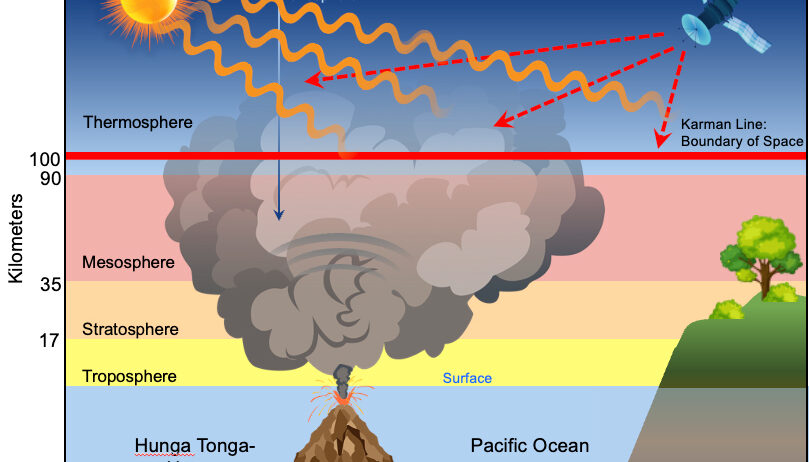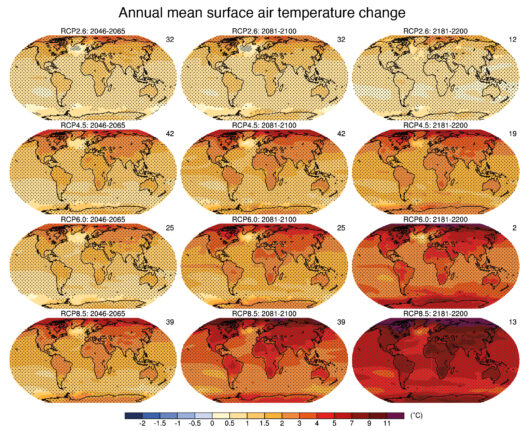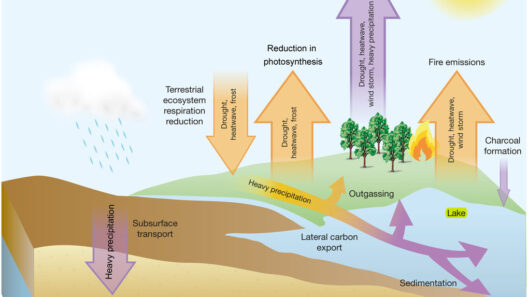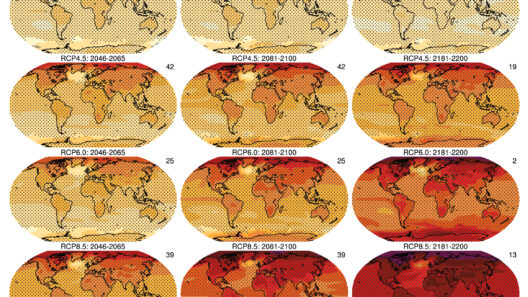Floods and droughts, two extremes of the water cycle, are increasingly becoming signatures of a changing global climate. As our planet’s temperature rises, the implications reach far beyond mere fluctuations in precipitation. They impact ecosystems, agriculture, and human society at large. This article endeavors to unpack the complex intricacies of global water cycles and how climate change is radically transforming them.
The water cycle is a dynamic system, inextricably linked to the Earth’s climate. It encompasses processes such as evaporation, condensation, precipitation, and runoff. As temperatures increase, the capacity of the atmosphere to hold moisture expands, leading to a higher incidence of intense precipitation events. Conversely, certain regions may experience a profound reduction in precipitation, resulting in prolonged dry spells and water scarcity.
To illustrate the dichotomy of flooding and drought, consider the contrasting cases of Southwest Asia and Northern Europe. In Southwest Asia, regions that were once resilient to dry conditions are experiencing unprecedented water shortages. As the climate warms, rainfall patterns are altered, leading to extended droughts interspersed with more violent and unpredictable floods. The juxtaposition is stark: while some areas are inundated, others are parched, highlighting the erratic nature of contemporary climate phenomena.
The hydrological cycle is being disrupted by a myriad of factors including rising global temperatures, deforestation, and urbanization. Each of these elements plays a vital role in reshaping the landscape of water availability. For instance, deforestation diminishes evapotranspiration, a process through which trees release water vapor into the atmosphere, thus affecting local weather patterns. Urbanization, on its part, often leads to increased stormwater runoff due to impervious surfaces, exacerbating flooding while simultaneously reducing groundwater recharge.
Scientific studies have demonstrated that the consequences of climate change on water cycles are exacerbated by anthropogenic activities. As greenhouse gases accumulate in the atmosphere, they intensify the greenhouse effect, resulting in more extreme weather patterns. This effect is not uniformly distributed; some regions face more severe outcomes than others. Consequently, understanding regional vulnerabilities becomes paramount in addressing water cycle disturbances.
The phenomenon of increased precipitation—and subsequent flooding—presents significant risks. Flooding can devastate communities, leading to loss of life, destruction of infrastructure, and displacement of people. Furthermore, it can carry pollutants into local water bodies, jeopardizing water quality and public health. The financial implications are also staggering, with government expenditures skyrocketing as they respond to disasters that could have been mitigated or even prevented with better planning and infrastructure.
Yet, it is essential to acknowledge that flooding is not the sole consequence of climate change-induced disturbances. The phenomenon of drought may strike with equal, if not greater, ferocity, particularly in regions already predisposed to low water availability. The impacts are varied and multifaceted. Agriculture, often reliant on predictable rainfall, stands at risk. Crop failures lead not only to economic downturns but also to food insecurity among vulnerable populations. Moreover, scarcity of water can lead to conflicts, pitting communities against each other over dwindling resources.
Water scarcity is exacerbated by changing patterns of snowmelt and glacier retreat. In many regions, the melting of glaciers is anticipated to initially augment water supply. However, as these glaciers dwindle, long-term viability of water resources is threatened. Dependence on glacial meltwater for drinking and irrigation may soon become a precarious gamble, with potential long-term repercussions for millions of people.
At an ecological level, the ramifications of a disrupted hydrological cycle are profound. Ecosystems are balanced systems, and when water becomes unpredictable, biodiversity is threatened. Freshwater ecosystems, such as lakes and rivers, face heightened stress. Many aquatic species, dependent on stable conditions, find themselves in a perilous situation, further accelerating species decline and extinction. The impacts cascade through food webs, destabilizing existing balances and leading to less resilient ecosystems.
This predicament presents a critical juncture for humanity. Adapting to a world where water is no longer a reliable constant is paramount. Solutions abound, but they require concerted efforts; water conservation practices, improved agricultural strategies, and robust infrastructure play crucial roles. Implementing sustainable water management practices can mitigate the dual threats of flooding and drought. This may involve the restoration of wetlands, which absorb excess water during floods and release it during dry spells.
Additionally, regional water governance must evolve. Policies should prioritize integrated water resource management, fostering cooperation among governance levels and stakeholder groups. Only through collaborative approaches can we address the complexities of water resources in a climate-affected world. Building resilience in communities, investing in research, and promoting education on water conservation can support a more sustainable future.
In summary, the interlinking challenges posed by climate change—the increase in flooding and drought—demand urgent attention and action. Understanding the intricacies of how these changes affect global water cycles offers us a view into a future shaped by our decisions today. The promise of innovation and adaptation can shift our perspective away from mere survival towards thriving amidst these conditions. Our ability to understand and manage water resources effectively will determine not only our fate but that of countless ecosystems and communities worldwide.

